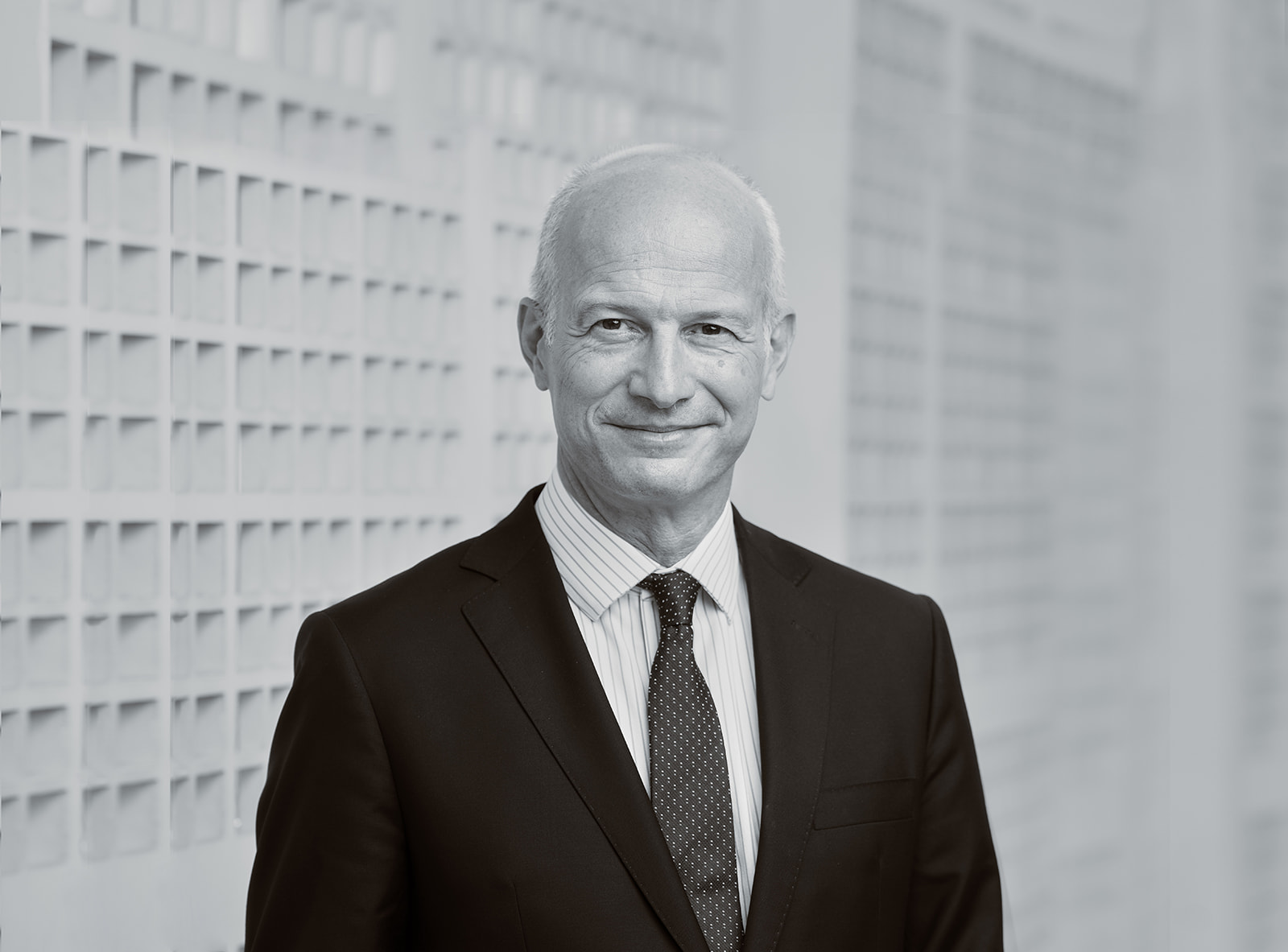Establishing Local And Regional Museum Strategies
The creation of museum- and heritage- related projects is often based on preconceived ideas forming traps that are easy to fall into. The true keys to success are many and varied; they include providing opportunities to see artworks first hand, offering complete visitor experiences, involving local residents, bold exhibition design and building networks with other museums.
In issue no. 426 of Urbanisme magazine, devoted to tourism, France Muséums CEO Hervé Barbaret analyses the development of cultural districts and the trend towards thinking in terms of wide-ranging urban destinations that go beyond the single focus of individual museum venues.
ESTABLISHING LOCAL AND REGIONAL MUSEUM STRATEGIES: EXCERPT FROM HERVE BARBARET’S ANALYSIS
All local and regional development strategies necessary include tourism-related goals. Tourism is synonymous with culture, and culture is synonymous with museums. What better than a museum to crown the efforts made to develop a region or a city, as our Basque friends in Bilbao have so brilliantly demonstrated?
France Muséums, whose mission is to promote the excellence of French museums, could hardly fail to be enthusiastic about such a prospect. And yet the road to hell is paved with good intentions, and the ambitions of museums are replete with misguided ideas. First of all, thinking that it is easy to drop a museum into a given locale. Second, imagining that a museum can single-handedly drive the transformation of a local area. Third, hoping that a museum can be self-funding. Fourth, believing that a museum will automatically have popular appeal. Last but not least, making the success of a cultural facility into a straightforward equation. Just one of these pathologies can lead to failure—and many projects suffer from more than one.
A museum could be copied from one place to another: to succeed, all you need to do is to build a nice building and use it to house a collection. No! A museum must be anchored in its local environment if it is to be a genuine tool for the development of tourism. Perhaps a theme park supported by a global brand such as Disney® can forego this kind of contextualisation (though this is far from certain), but a museum is not a theme park. It has to form part of a local approach to cultural, social and educational appropriation. Museums designed purely for tourists do exist, but such sad places are few and far between.
INTERACTING WITH LOCAL RESIDENTS
The Louvre-Lens, which is extraordinary in every way, has always had in its DNA the aim to attract a broad national and international audience of tourists while at the same time engaging in in-depth dialogue with people who live in its immediate surroundings. Setting up an on-site public information centre during construction, building relationships with community associations and working closely with schools ensured that this outstanding museum has its feet firmly on the ground. This involvement is also reflected in the architectural design of the building: it opens directly onto its surroundings and stands in a freely accessible park. The same is true, perhaps less intuitively, of the Louvre Abu Dhabi (the first universal museum of the twenty-first century in the Arab world and a radically innovative multi-facetted project): the Emirati authorities have made it into a key factor in developing the international attractiveness of their country, but at the same time they are making every effort to ensure that members of the local population make it their own via a range of cultural, educational and social initiatives.
The full article is published in Urbanisme magazine’s July-August 2022 issue.



